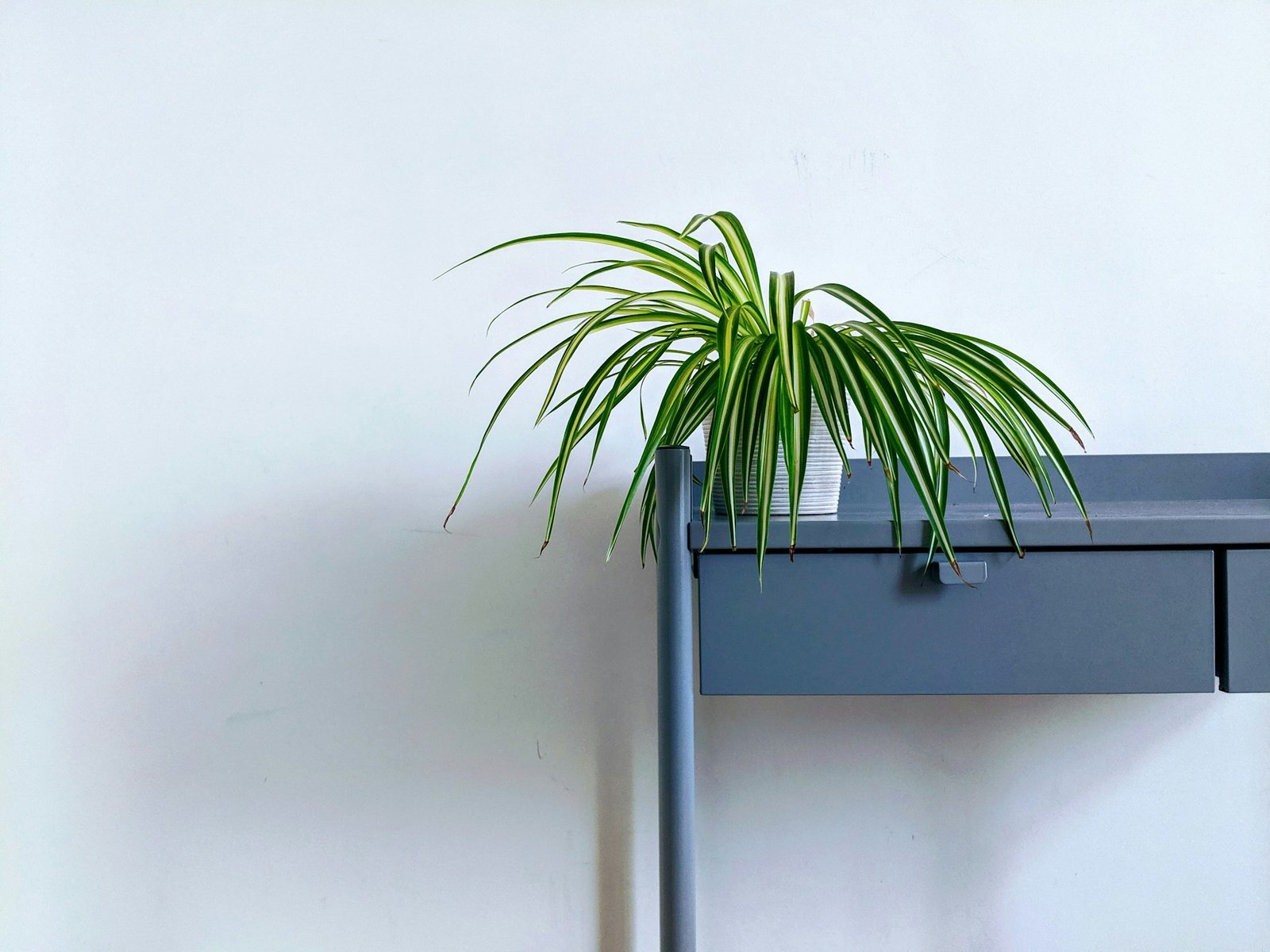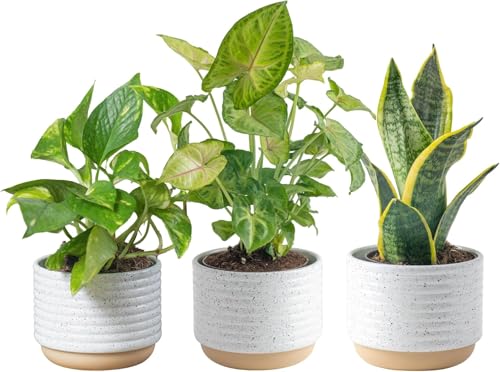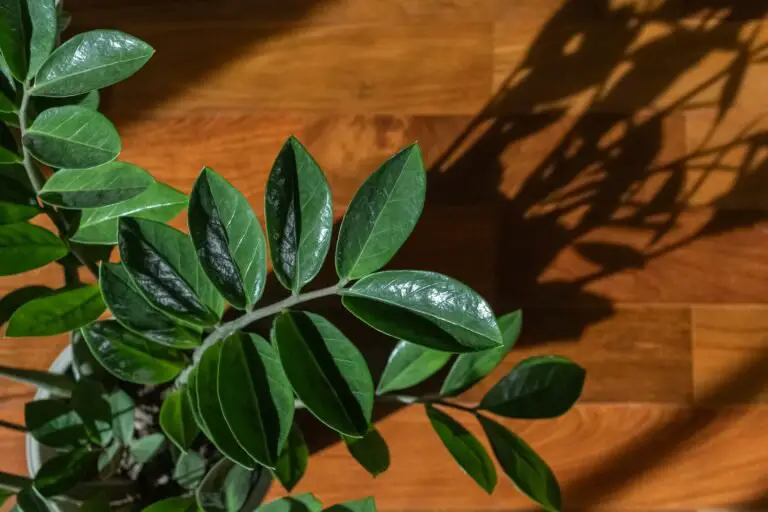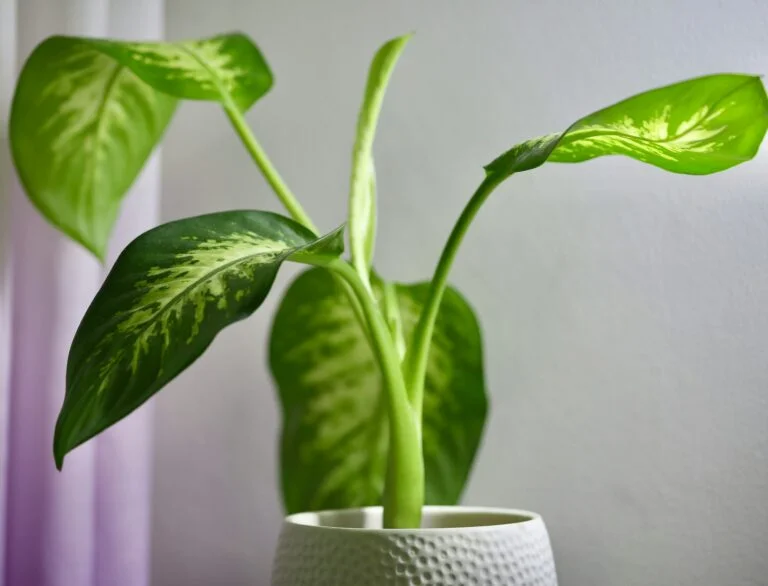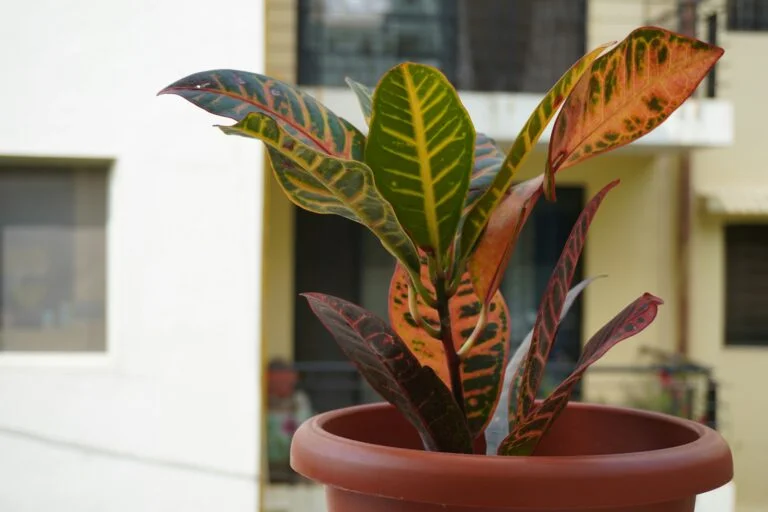Spider Plant Care Guide: The Ultimate Plant for Sharing
Want a plant that’s ridiculously easy to care for, looks fantastic cascading from a shelf, and practically begs you to make more of itself? Enter the Spider Plant (Chlorophytum comosum). This isn’t just a houseplant; it’s a prolific producer of adorable “spiderettes” (baby plants), making it the ultimate gift-giver and propagation playground. 🌱
If you’ve ever wanted to effortlessly fill your home with green or share the plant love with friends, the Spider Plant is your go-to. It’s hardy, forgiving, and incredibly charming. We’re going to dive into why this leafy champion is a household favorite, how to keep its striped leaves vibrant, and how to harvest those irresistible little plant babies.
What Makes It Special (or Popular)
The Spider Plant is a timeless classic in the houseplant world, and for good reason. It’s incredibly adaptable and provides continuous visual interest. Its popularity stems from:
- Easy Care: It tolerates a wide range of conditions, making it perfect for beginners.
- Unique Look: Its arching, strap-like leaves, often variegated with cream or white stripes, create a lovely cascading effect.
- “Spiderettes”: The main event! It produces numerous small plantlets on long stems, which are super fun to watch grow and even easier to propagate.
- Air Purifying: Like its resilient peers, it’s known to help clean indoor air.
It’s truly a gift that keeps on giving, both aesthetically and literally.
Light Requirements
Spider Plants are pretty flexible with light, which is part of their charm. They thrive in bright to medium indirect light. Think of a spot near a window that gets plenty of ambient light but no harsh, direct sun.
- Ideal: A bright room, out of direct sun, where it can get consistent, gentle light.
- Too much direct sun: Can scorch the leaves, leading to faded colors or brown tips. Your vibrant stripes might look washed out.
- Too little light: Leads to slower growth, fewer spiderettes, and less vibrant variegation. Your plant won’t die, but it won’t be as showy.
If your plant seems pale or its stripes are dull, try moving it to a slightly brighter spot. If it’s looking crispy, back it off from the window.
Watering Tips
Spider Plants like consistent moisture but hate being waterlogged. The key is to water when the top inch or two of soil feels dry to the touch.
- Feel the soil: Stick your finger in the soil. If it feels dry, it’s probably time.
- Give it a good soak: Water thoroughly until water drains from the bottom of the pot.
- Ensure drainage: Never let your Spider Plant sit in standing water. Dump any excess from the saucer.
Don’t let it dry out completely for extended periods, especially when it’s actively producing spiderettes, as this can stress the plant. However, a little drought now and then is better than constant soggy feet.
Humidity & Temperature
Spider Plants are quite forgiving when it comes to humidity. They tolerate average household humidity levels just fine. While they appreciate higher humidity (they are tropical plants, after all), it’s not a strict requirement.
- To boost humidity: You can mist the leaves occasionally, place it near a humidifier, or group it with other plants. This might help if you live in a very dry climate or during winter when heaters are on.
For temperature, aim for consistent room temperatures, ideally between 18°C and 29°C (65°F and 85°F). Avoid sudden temperature drops or cold drafts, which can shock the plant.
Soil & Potting Tips
A well-draining, good-quality indoor potting mix is perfect for Spider Plants. They need soil that holds a bit of moisture but drains excess quickly.
- A standard all-purpose potting mix works great.
- You can add a bit of perlite for extra drainage if your mix seems too dense.
Spider Plants like to be a bit root-bound, but not severely so.
- Repot only when you see roots growing out of the drainage holes or if the plant becomes unstable in its pot.
- This usually means repotting every 1-2 years.
- When repotting, go up only one pot size. This prevents the soil from staying wet for too long.
Growth & Size Expectations
Spider Plants are moderate to fast growers. They form a central rosette of arching leaves and then send out long, arching stems (stolons) that produce the adorable “spiderettes” at their tips.
- Size: The main plant itself usually stays in a manageable size, often growing a foot or two wide and tall, depending on the pot size and variety.
- Trailing: Its true beauty comes from its cascading habit, especially when hung or placed on a high shelf.
- Spiderette production: This is the fun part! Mature, happy plants will produce numerous spiderettes, which eventually develop their own tiny roots and can be propagated.
If your plant isn’t producing spiderettes, it might be too young, need more light, or be ready for a bit of fertilizer.
Fertilizing Tips
Spider Plants are not heavy feeders, but they do appreciate some nutrients, especially when they’re actively growing and producing those plantlets.
- Fertilize every 2-4 weeks during the spring and summer growing season.
- Use a balanced liquid houseplant fertilizer diluted to half strength.
Reduce or stop fertilizing in fall and winter when growth naturally slows down. Over-fertilizing can lead to problems like crispy brown leaf tips (which brings us to the next point!).
Common Issues (and how to fix them)
Spider Plants are tough, but they do have a few common quirks.
- Brown Tips (most common!): This is the ultimate Spider Plant mystery for many. It’s often due to:
- Fluoride/Chlorine in tap water: Let tap water sit out overnight to allow chemicals to dissipate, or use filtered/distilled water.
- Low humidity: Increase misting or use a pebble tray.
- Over-fertilization: Reduce fertilizing frequency or dilute more.
- Underwatering: Less common for just tips, but check soil moisture.
- Pale or Fading Stripes: Not enough light. Move to a brighter indirect light spot.
- Mushy Base / Yellowing Leaves: Overwatering. Let the soil dry out more between waterings. Ensure good drainage.
- No Spiderettes: Plant is too young, or needs more light or a bit of fertilizer during the growing season.
- Pests: Generally pest-resistant. Occasionally, you might find spider mites or mealybugs. Treat with neem oil or insecticidal soap if needed.
Brown tips are the most persistent, but usually harmless. Don’t stress too much about them!
Pruning or Propagation
Pruning a Spider Plant is mostly about tidying it up and encouraging bushier growth.
- Remove yellowed or damaged leaves: Cut them back at the base of the plant.
- Trim leggy stems: If a stem producing spiderettes is getting too long or bare, you can cut it back.
Propagation is the real fun here! Those spiderettes are practically begging to be rooted.
- Direct Potting: You can leave the spiderette attached to the mother plant, place it in a small pot with moist soil next to the mother, and once rooted (after a few weeks), snip it free.
- Water Propagation (easiest):
- Snip a spiderette from the mother plant (choose one with tiny nubs of roots already forming).
- Place the base of the spiderette in a glass of water, ensuring the bottom is submerged but the leaves are out of the water.
- Roots will form quickly, usually within a week or two.
- Once roots are an inch or two long, plant it in a small pot with potting mix.
- Soil Propagation: Plant the spiderette directly into moist soil. Keep the soil consistently damp (but not soggy) until roots establish.
Final Thoughts or “Should You Get One?”
Should you get a Spider Plant? Absolutely! You’re missing out if you don’t.
- It’s the ultimate beginner-friendly plant.
- It adds beautiful cascading greenery to any space.
- It’s a fantastic source of free plants for yourself and friends.
- It’s incredibly forgiving if you forget a watering or two.
Go ahead, bring a Spider Plant home. You’ll love watching it grow, and you’ll soon have a whole family of them! Just try not to get too hung up on those brown tips – it’s part of their charm.

